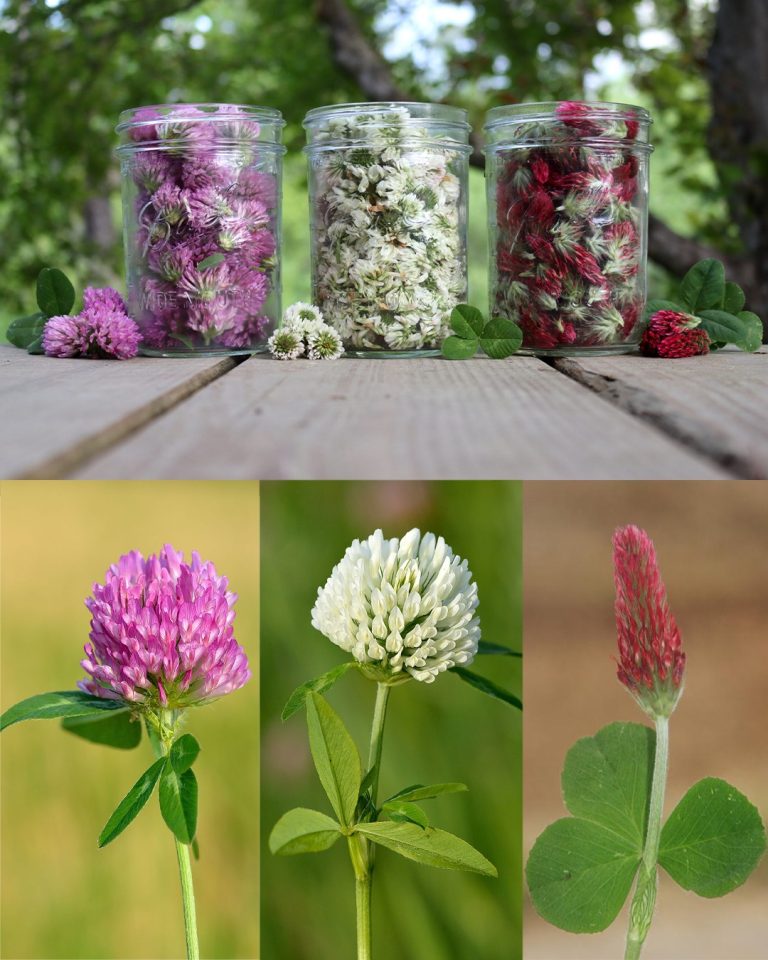ADVERTISEMENT
Introduction:
Clover plants, often overlooked as common lawn weeds, are actually nutritional powerhouses and versatile culinary ingredients. White clover, red clover, and crimson clover each offer distinct flavors and health benefits, making them a fascinating addition to your kitchen repertoire. Beyond their ecological role as nitrogen fixers and forage plants, these clovers have been traditionally used for teas, salads, and natural remedies. This article dives into their surprising benefits, easy-to-follow recipes, and practical tips to incorporate them into your diet.
Ingredients:
For a Refreshing Clover Salad
1 cup fresh white clover blossoms (washed and picked young)
1 cup fresh red clover flowers
1/2 cup crimson clover blossoms
2 cups mixed salad greens (lettuce, spinach, arugula)
1 small cucumber, thinly sliced
1/4 cup toasted walnuts or pecans
1/4 cup crumbled goat cheese or feta
2 tbsp extra virgin olive oil
1 tbsp lemon juice
Salt and pepper to taste
Directions:
Rinse all clover blossoms gently in cold water to remove dirt and insects. Pat dry.
In a large salad bowl, combine the mixed greens, cucumber slices, and clover blossoms.
Sprinkle toasted nuts and crumbled cheese over the salad.
Drizzle olive oil and lemon juice, then season with salt and pepper.
Toss everything lightly to combine and serve immediately for maximum freshness.
Serving and Storage Tips:
Clover blossoms are delicate; serve fresh for the best texture and flavor.
Store unused clover flowers in an airtight container lined with a damp paper towel in the fridge. Use within 1-2 days.
Clover leaves can be dried and brewed into herbal tea, which can be stored in airtight jars for up to six months.
For a refreshing summer drink, infuse cold water with clover blossoms and lemon slices.
Variations:
ADVERTISEMENT
